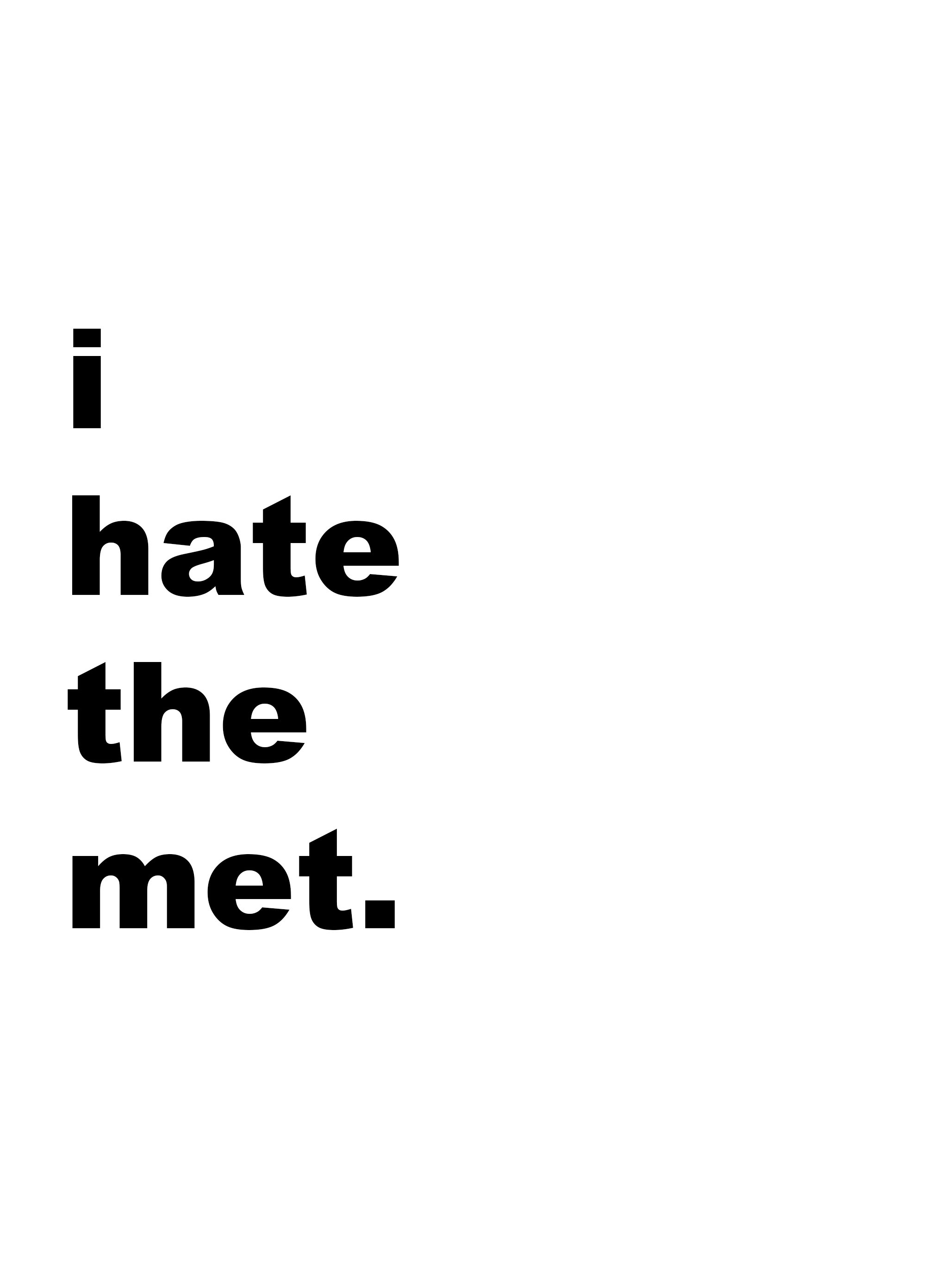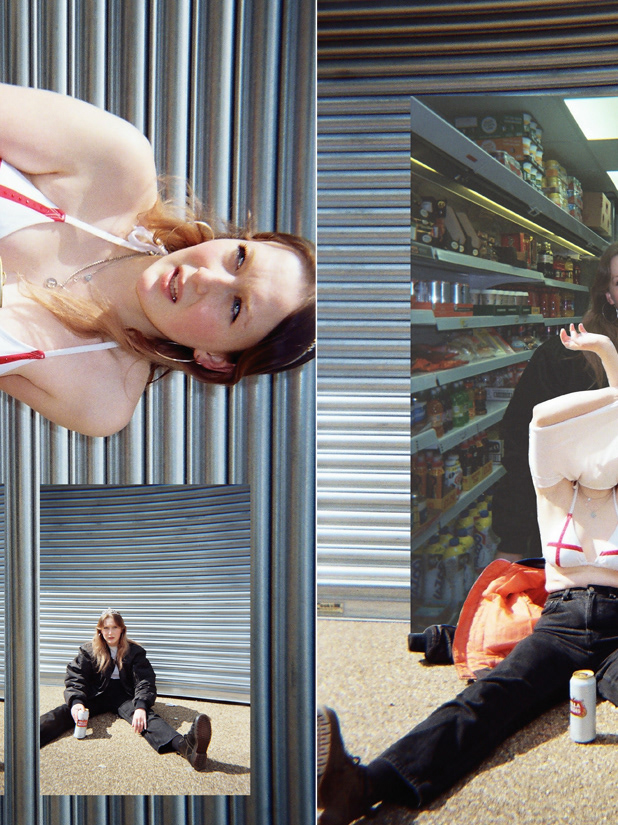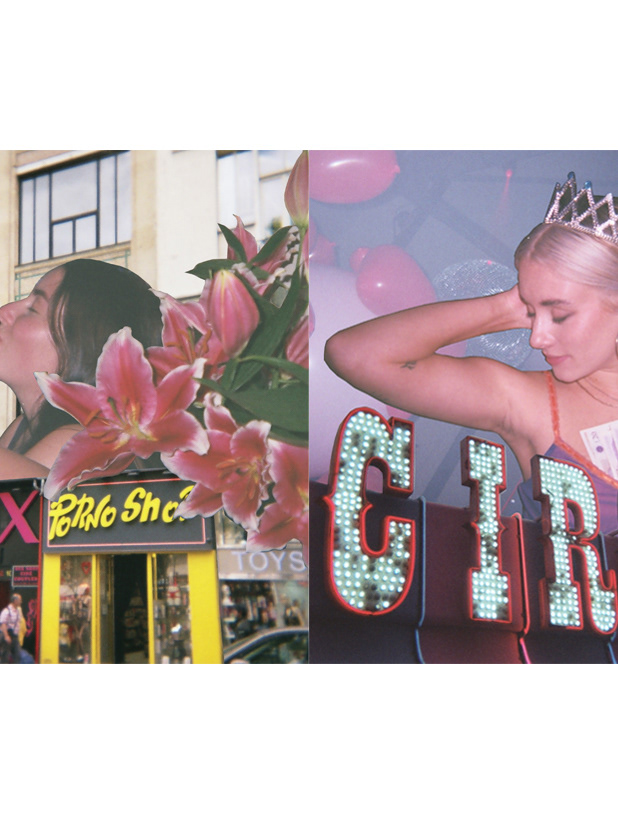If the question is “what are the girlies wearing in a cost of living crisis” the answer is “probably something we already own”. Reminiscent of post-war “make do and mend” campaigning, the massive inflation of food and energy prices mean that many of us simply don’t have the disposable income budget for new clothing and accessories.
With conscious consumption at the forefront of public attention with the global climate crisis, thrifting and second hand shopping has never been more popular. Pedalled by Gen Z’s willingness to address the ills of the world, the downfall of fast fashion and the rise of charity shops in its place is contributed to the younger audiences. Considered more ethical and ecofriendly, sites like eBay, Vinted and Depop have been catapulted into the mainstream as go-to shopping destinations.
Whilst it may be that the benefits of shopping second hand are often associated to the desire to be more sustainable, it is also much cheaper than purchasing brand new. The price point of second hand clothing enables many to adhere and assimilate to ever-changing clothing trends and gives fashion accessibility to those of lower incomes who would have perhaps been otherwise excluded, linking it intrinsically with the model of the recessionista. This is perhaps why the rise of the Depop charity shop resellers is considered so vicious. Crediting their “curation” skills for the profits in their pockets, the practice typically involves young, white, middle class women buying a £3.50 kids tshirt in their local Cancer Research and posting it to their profiles for £35 with a caption along the lines of “super cute Y2K unique baby tee fits size 4-6!”. It is arguable that the abundance of clothing in charity shops means that there’s enough to go round for all, and encourages the life cycle of a garment. On the other hand, it leaves a sour taste in my mouth that those who profit are the ones who aren’t in need. Whilst it may not be number one on the list of class issues, it is easy for those who are involved in the Depop reseller side hustle to say that they’re “entrepreneurs”, whilst many others aren’t afforded the luxury of the time and effort required to source the same pieces at their lower prices.
Another movement gaining momentum in the era of the recessionista is the rise of “blokecore”, a nod to all things inherently working-class-middle-aged man. Think of your typical local pub regular, balding beer bellied labourers, football and fruit machines, stellas and ciggys, and now dress like one. Think Fred Perry polo tops, Stone Island badges, CP company goggle beanies, Adidas trainers, Burberry nova check, excessive gold jewellery. Blokecore and its increase in popularity is a direct link to “bubble up theory” in fashion, whereby trends are adopted by those on the upper echelons from those of a lower class background. Streetwear and workwear blend together, forming innovative new styles of dress and fashion movements that subsequently flow away from their roots and into new audiences. Now, the “it” spots for the fashion girlies is the boozer round the corner, drinking Guiness, playing pool and dressed like the estate Dads of the 2000’s.
Following a similar story is the establishment of Gorpcore within mainstream fashion. Coined back in 2017, the term refers to clothing of a practical, utilitarian nature. Recessionista’s relationship with the evergrowing gorpcore trend can be contributed to its quality, durability and long life span of garments. With England’s unpredictable weather forecast, clothing that is outdoor appropriate, comfortable and stylish simultaneously is an essential. Patagonia, North Face, Salomon and Arcteryx are the go to brands for the gals of the gorp. Whilst the individual clothing items may boast a high price point, they are considered a much better value for money than their budget counterparts. Outdoor clothing is attractive to those who intend to buy once and never need to repurchase the same item again. In addition, gorpcore coincides with a slow living lifestyle - staycations, wild swimming, hiking and camping - yet urban dwellers also adopt the style in droves, highlighting the dual purpose of fashion and functionality.
Overall the recessionista is someone whose attitude is less about what can be sold and instead what can be solved. The recycling of old trends and the rise of more wearable and workable ones hopefully means a push towards a more considered and sustainable approach to clothing consumption. Finding a wardrobe that works for the individual without forking out every month for the next microtrend or fast fashion brand. Keeping the pounds in the pocket and sharing clothing amongst friends instead. Boycotting buying new in favour of our existing outfits. The recessionista is a proud outfit repeater. The recessionista is wise in their choices. The recessionista knows their preferred styles, fits and uniforms and sticks to them.










